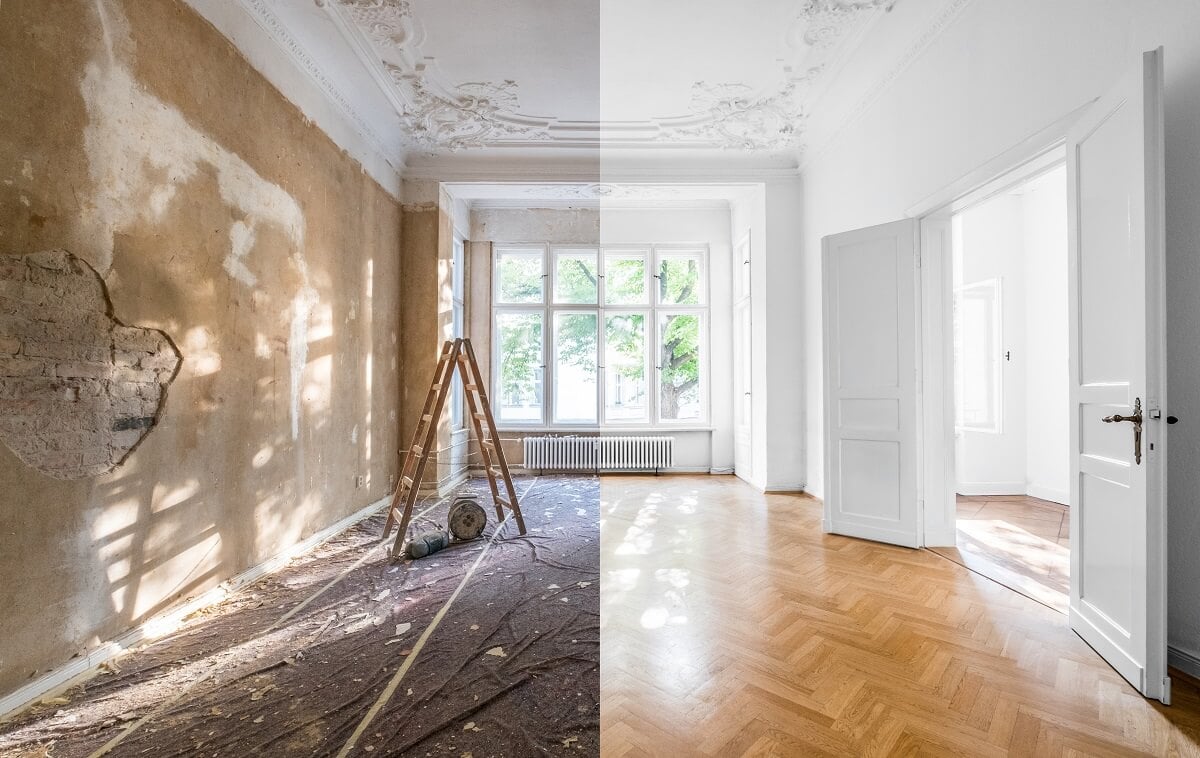When you’re flipping a house, you put a lot of time, effort, and money into the project. After you’ve completed the renovations, and staged the home, you eagerly await customers in the hopes of making a quick sale. So what do you do if the house sits on the market, and days turn into weeks, and weeks turn into months?
First, don’t panic. Next, you need to take a deep breath, step back, and admit that your precious flip has indeed flopped. You might become tempted to give up on the property and suffer your losses, but don’t be too hasty. Instead, try to figure out why the house isn’t selling and fix any problems as quickly as possible to save your investment.
Reasons for a Flip to Flop:
1. Price
When you put in a lot of work on a project, you may set your price too high for the neighborhood in the hopes of making a more substantial profit for all of your efforts. You can charge more for your flip than the homes that are for sale in the area; however, charging a significantly higher price will turn away many potential buyers, regardless of the updates that you’ve done on the home. Buyers would instead search for a home with that sort of elevated price in a better neighborhood. To avoid this, stay competitive with your price to give yourself the best chance of a sale.
2. Improvements
Sometimes to save money, you’ll hold back on the number or quality of renovations done on the home. Potential buyers will notice these decisions causing them to pass on your house, even if you’ve listed it at a decent price. Though you don’t want to over-improve a home, based on the neighborhood, you also don’t want to under-improve the residence. Research what you’ve done to ensure that you’ve included all of the updates that buyers in that area expect in a home.
3. Professional Contractors
If you decided that you could save money by doing a lot of the work yourself, you should take a second look at the results. Or, better yet, ask a neutral party for an honest opinion about the work. Sometimes people think that they can do their own renovations rather than hire a professional contractor. If so, it’s an excellent way to save money, but it’s rarely the case. Even if you can do a superb job, you also need to factor in the time it takes you versus a professional to complete each task. The more time the project takes, the more money it will cost you. You won’t be able to list the house as quickly, and you’ll accrue more costs such as insurance, taxes and fees.
4. Listing Information
Look at your listing information. You need to include a significant number of gorgeous photos, along with helpful information about the home to appeal to the highest number of potential buyers. If your listing looks shabby, people will assume that the house will look unappealing as well, and they won’t consider coming out to look at it. Make the best first impression you can with an aesthetically pleasing listing that people won’t be able to resist.
5. Buying Patterns
In certain neighborhoods, houses don’t sell very well for a variety of reasons. If your flip is in such an area and you didn’t research buying patterns beforehand, consider renting out the house instead, until things improve in that locality. This way the house won’t sit empty, and you can get back some of the investment.
Don’t get discouraged if your flip flops. Try to work out a way to turn your investment into a success. If you need funds to get started on a house flip or additional funding to help your current flip succeed, contact us today at (949) 822-9499.

